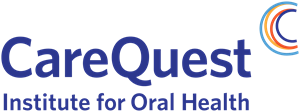
Federal policymakers have been trying for a long time to lure more primary care providers to understaffed areas. The Biden administration boosted funding in 2022 to address shortages and Sen. Bernie Sanders (I-Vt.) pushed sweeping primary care legislation in 2023.
But when KFF Health News set out last year to map where the primary care workforce shortages really are — and where they aren’t — we encountered spotty data and a whole lot of people telling us the absence of better information makes it hard to know which policies are working. Turns out, consistent national data is a pipe dream.
We analyzed the public data that does exist: the federal government’s official list of primary care health professional “shortage areas,” created to help funnel providers where they’re most needed. We found that more than 180 areas have been stuck on the primary care shortage list for at least 40 years.

